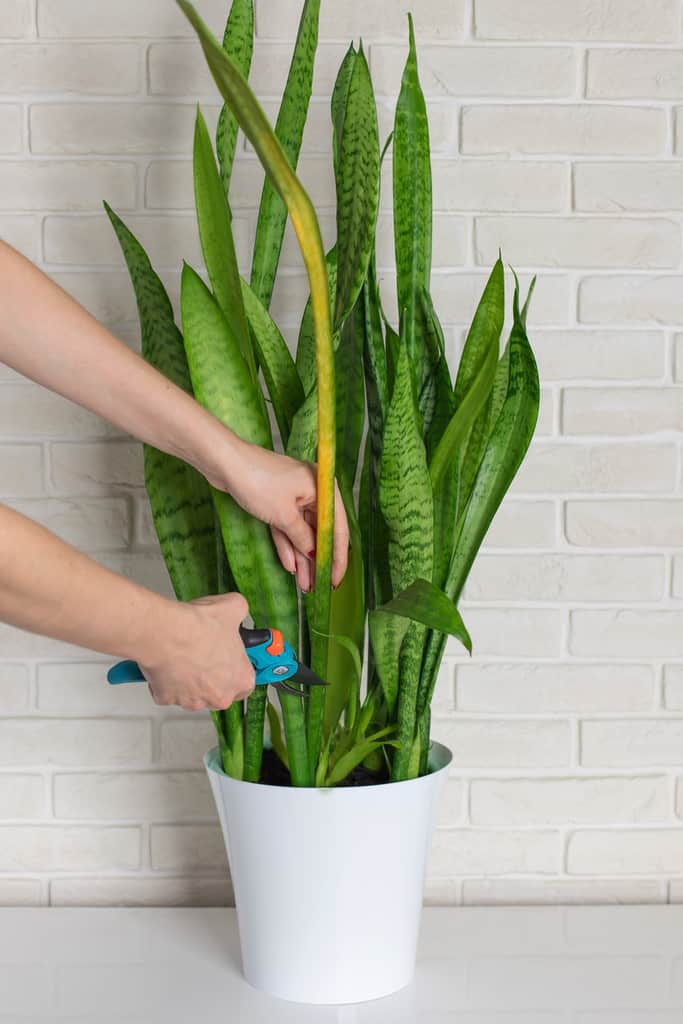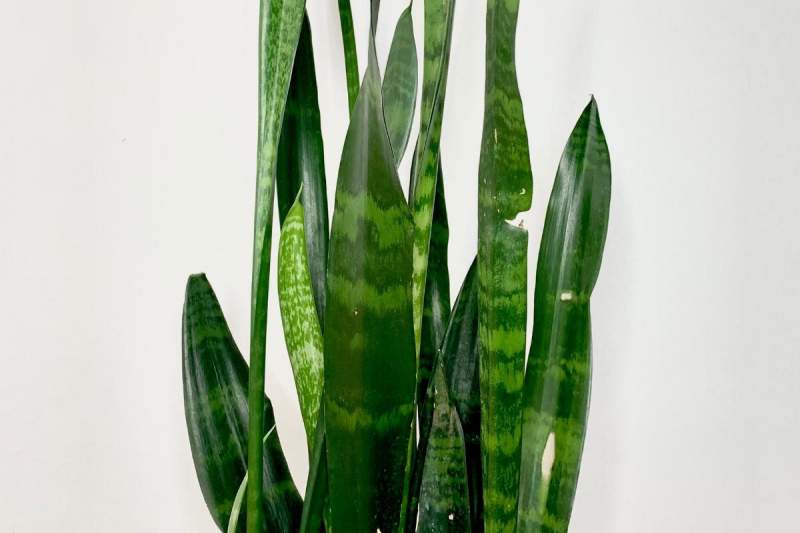4 Easy Facts About Snake Plant Leaves Turning Yellow Described
Wiki Article
How Snake Plant Leaves Turning Yellow can Save You Time, Stress, and Money.
Table of ContentsAn Unbiased View of Snake Plant Leaves Turning YellowThe Basic Principles Of Snake Plant Leaves Turning Yellow 10 Simple Techniques For Snake Plant Leaves Turning YellowNot known Incorrect Statements About Snake Plant Leaves Turning Yellow Getting My Snake Plant Leaves Turning Yellow To Work
The jury is still out on exactly how efficient it is in purifying the air, but I still have one in almost every space This unique plant is a terrific starter plant and with its very easy care, you can't fail with it! In this blog post, I wanted to share some ideas on caring for your sansevieria.Serpent plants Enjoy well draining soil. Prevent portable dirt due to the fact that this sort of soil will hold even more dampness and could lead to root rot. Root rot is when the soil gets water logged. If the plant remains damp for also long, the roots can rot and at some point, your plant will certainly pass away.
These plants are really comparable to cacti when it concerns their care. They do not like to be being in water for too lengthy. Among the important points that will certainly maintain your plant from origin rot is well draining dirt. You can purchase a premade cactus/succulent soil (it's a mix of sand and dirt) and the majority of yard stores will certainly lug it.
This will certainly make your plant vulnerable to pests or various other microorganisms found outdoors. I did this once and learned my lesson very swiftly and brought in additional little pests that were dangerous to my plant.
Snake Plant Leaves Turning Yellow - The Facts
Terra cotta pots aid with staying clear of origin rot. The plant will certainly dry much quicker in a terracotta pot due to the fact that the clay wick's water is from the dirt. I have some plants in ornamental earthenware pots that are not terracotta too, however they all have a drain opening near the bottom.I like to obtain a pot that gives my brand-new plant about 2 inches of growth area around the entire size of the pot. This offers the plant area to expand however it's still a bit snug. Replanting your sansevieria in as well big of a pot indicates a lot more dirt, resulting in even more time to dry, which can bring about root rot.
If you have a pot on a wood floor or wood surface area, simply make certain you position a plate or nonporous material under the pot to protect the pot from wrecking your surface. The wonderful point concerning sansevieria is that it can manage diverse illumination circumstances. The plant will grow much better in bright light (near a window in your home), yet it can handle a darker corner in your home.
It's remarkable to see this plant grow in what appears to be inadequate illumination conditions. It truly is an exceptionally adaptable plant!
Not known Facts About Snake Plant Leaves Turning Yellow
A guideline of thumb when it comes to lights: Simply due to the fact that they can live in reduced light doesn't imply that they will necessarily flourish in reduced light. They will certainly grow much better in bright light. I find the even more I ignore my snake plant, the better! Only water when the dirt is dry.If there is a little dampness in the dirt, after that I will certainly check it once more in a week. How your plant holds moisture will depend on where you live. If you live in a dryer climate, after that it will certainly dry much faster, or if you stay in a humid environment, then it will certainly hold water longer.
Watering on wet days maintains my plants soaked and they take longer to dry. Or, this if there is see this here rain in the forecast, I will certainly wait to water up until the rainfall is over. I sprinkle my sansevierias every 2-3 weeks. In wintertime, I lessen watering and water about every 4 weeks.
I do not saturate my plants with water as a result of the threat of root rot. I 'd rather under water than over water them. Sansevierias do not like their leaves to be wet, so when you water, just pour the water on the soil and try to avoid getting any water on the leaves.
The Single Strategy To Use For Snake Plant Leaves Turning Yellow

Fluoride and chlorine can accumulate in your sansevieria, so this technique of leaving your water out will certainly repay in the lengthy run. Making use of filtered water or collected water is a wonderful option as well! Cleaning the leaves is a terrific routine that your sansevieria will certainly thanks for.

As the origins make their means out and expand, they will certainly need continuous contact with the soil, so do not let your plant dry also much when you are attempting to propagate. I'll look at my newly multiplied leaves and provide even more attention than typical. If the soil has actually ended up being bone dry, after that I will provide them a great take in water.
The Greatest Guide To Snake Plant Leaves Turning Yellow
Along with being unbelievably very easy to grow, snake plants have a variety of health and wellness advantages, consisting of filtering system indoor air, getting rid of poisonous pollutants, and improving mental wellness. Snake Plant Leaves Turning Yellow. Numerous house plants are tactically positioned for design and to preserve feng shui. However did you know that some of these same plants additionally have health advantages? The serpent plant is just one of those plants known for both looking great and boosting air quality.:max_bytes(150000):strip_icc()/snake-plant-care-overview-1902772-04-d3990a1d0e1d4202a824e929abb12fc1-349b52d646f04f31962707a703b94298.jpeg)
Their leaves include a toxin that can create swelling and feeling numb on the tongue if eaten in large doses. It's important to maintain this plant far from youngsters and pets who are prone to nibbling. The snake plant, commonly referred to as mother-in-law's tongue, is a resistant succulent that can grow anywhere between 6 inches to numerous feet.
What's one-of-a-kind about this specific plant is that it is among minority plants that can transform carbon dioxide (CO2) into oxygen in the evening. This quality makes it a suitable plant for room style, given that it can aid manage healthy and balanced air flow - Snake Plant Leaves Turning Yellow. Snake plants are also known for their ability to help remove toxic air pollutants
Report this wiki page